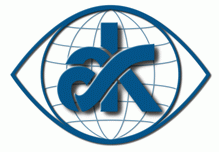
| This WWW page describes joint work with Roland Hufnagel. Up to 2007 financial support for this project was provided by " ask - Innovative Visualisierungslösungen GmbH", while more recent work has been supported by the Austrian Research Promotion Agency FFG. |

|
Since the beginning of numerical weather prediction the visualization of meteorological data has always been an important task. Numerical weather models calculate the future atmospheric conditions on a three-dimensional grid at discrete points in time. The data produced has to be visualized to make its four-dimensional structure transparent. But the best weather forecast is of little use if it is not communicated to the end user in an appropriate way. One important visual clue for the perception of weather is given by clouds. Although many sophisticated visualization systems for meteorological data were developed in the past, only few techniques for visualizing 3D clouds based on weather forecast data are known. In particular, the transformation of weather model data into naturalistic pictures of the sky is an open problem.
Numerical weather prediction (NWP) models are processed several times a day. They consistently provide new forecasts which are then subject to an analysis and a further post-processing for the presentation to a wider audience. However, due to the complexity of the data it cannot be presented directly. Rather, the different abstract parameter fields the data consists of have to be combined and interpreted to yield a forecast of the weather as it is experienced by the observer on the ground. In TV weather presentations, for example, usually simplified, 2D visualizations of model data can be seen. The weather forecast itself is often presented verbally and visualized by weather symbols. Obviously, much information that is contained in the NWP model data is lost during this process.
Our approach to visualizing clouds is based on a particle system that consists of soft balls, so-called metaballs (Dobashi et al. 2000). Particular attention is given to the special requirements of large-scale cloud visualizations. Since weather forecast data typically lacks specific information on the small-scale structure of clouds we have to interprete weather data in order to extract information on the appearance of the clouds, thereby obtaining five visual cloud classes. Based on this cloud extraction and classification, modeling techniques for each visual cloud class were developed. For the actual rendering we extend and adapt the metaball approach by introducing flattened particles and derived metaball textures. Our approach yields a large-scale, realistic, 3D cloud visualization that supports cloud fly-throughs.
Recent parts of this research have been supported by the Austrian FFG Grant 830029.
R. Hufnagel,
M. Held (2014):
"Animation of Clouds Based on the Interpolation of Weather
Forecast Data".
2nd EuroVis Workshop on the Visualization in Environmental
Sciences (EnvirVis '14),
p. 25-29;
June 2014; Swansea, Wales, UK.
R. Hufnagel,
M. Held (2012):
"A Survey of Cloud Lighting and Rendering Techniques".
Proc. 20th
Internat. Conf. Comput. Graphics, Visualizat., Comput. Vision (WSCG'12),
J. WSCG 20(3), p. 53-63; June 25-28, 2012; Plzen, Czech Republic.
R. Hufnagel,
M. Held,
Florian Schröder (2007):
"Large-Scale, Realistic Cloud Visualization Based On Weather Forecast Data".
Proc. 9th IASTED Int. Conf. Comput. Graph. Imaging
(CGIM'07),
p. 54--59; February 13-15, 2007; Innsbruck, Austria.
The following movies are in MPEG4-format with DivX-Codec. They should be viewable with "xine" on a Linux/Unix platform and with "Quicktime" on an MS Windows machine.
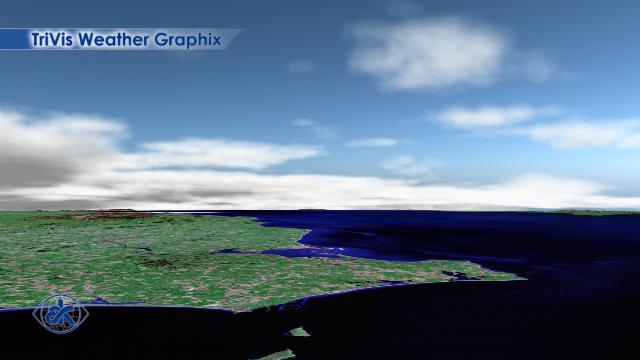
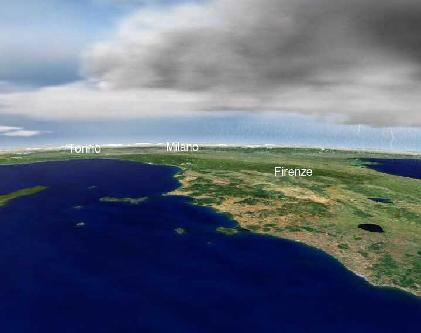
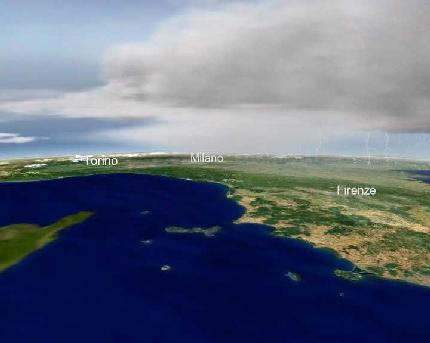
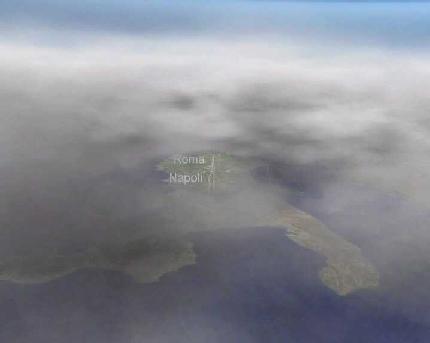
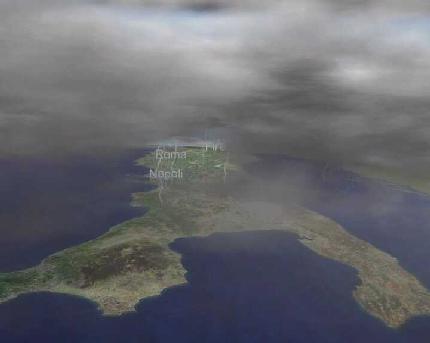
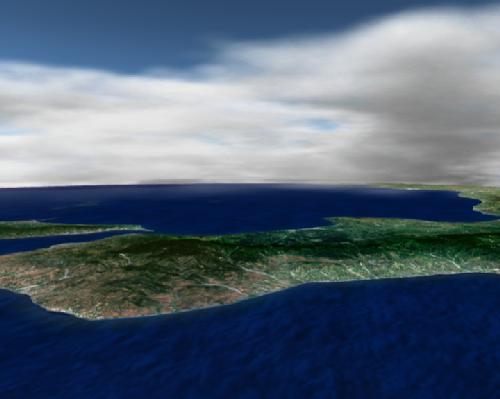
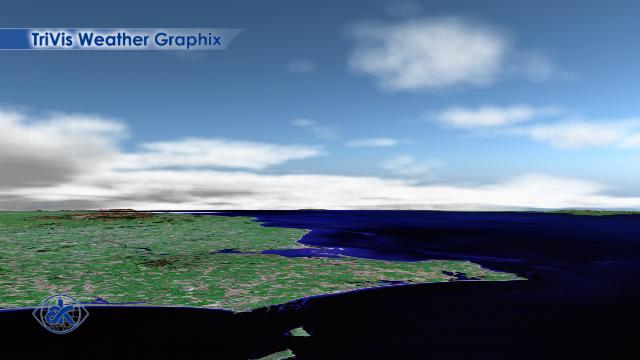
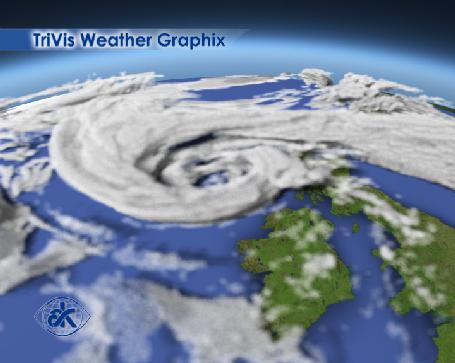
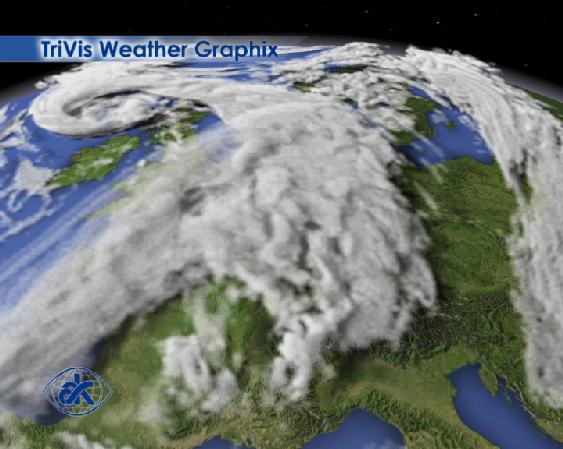
![[Image of CS Logo]](https://www.cosy.sbg.ac.at/~held/outline_cga_lab_s.gif) |
Copyright © 2026
Martin Held, held@cs.plus.ac.at.
All rights reserved.
Impressum and Disclaimer. file last modified: Friday, 12-Feb-2021 11:45:31 CET |
![[Image of CS Logo]](https://www.cosy.sbg.ac.at/~held/outline_cga_lab_s.gif) |